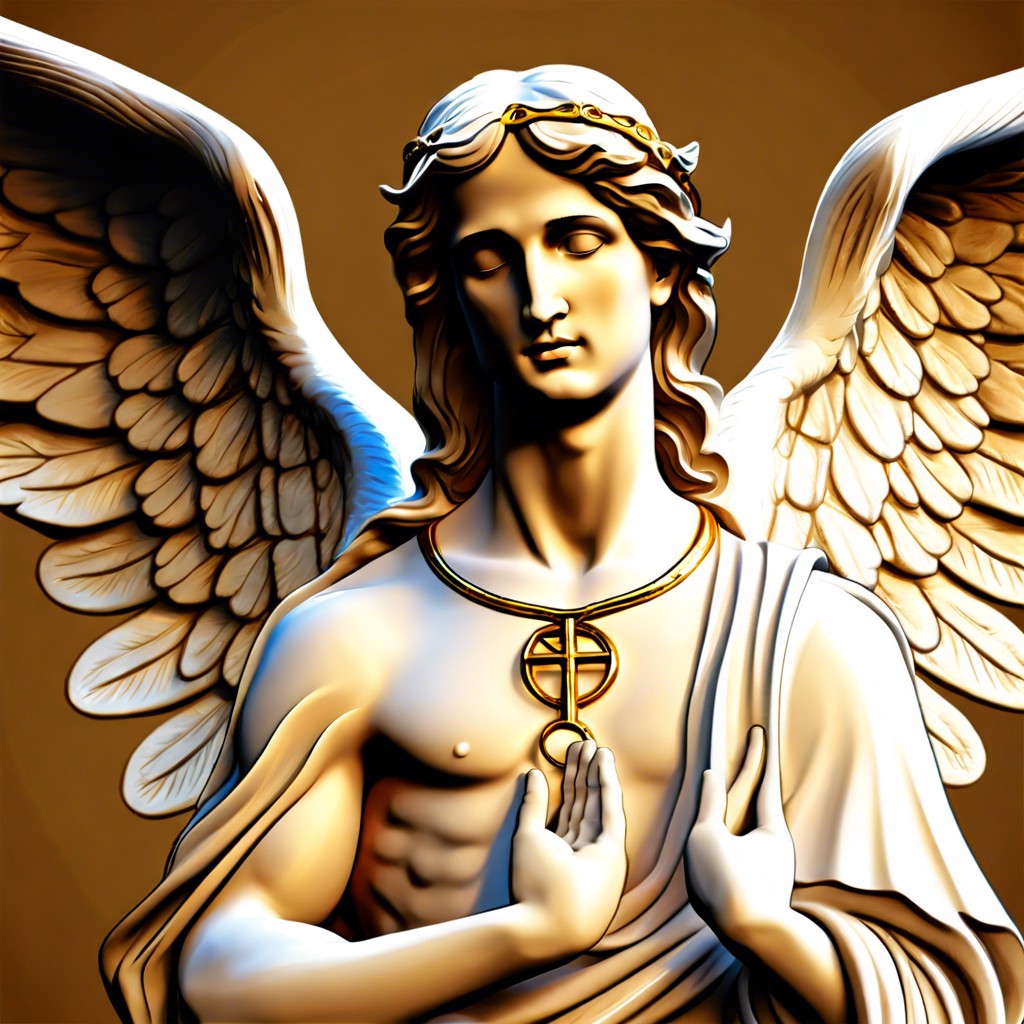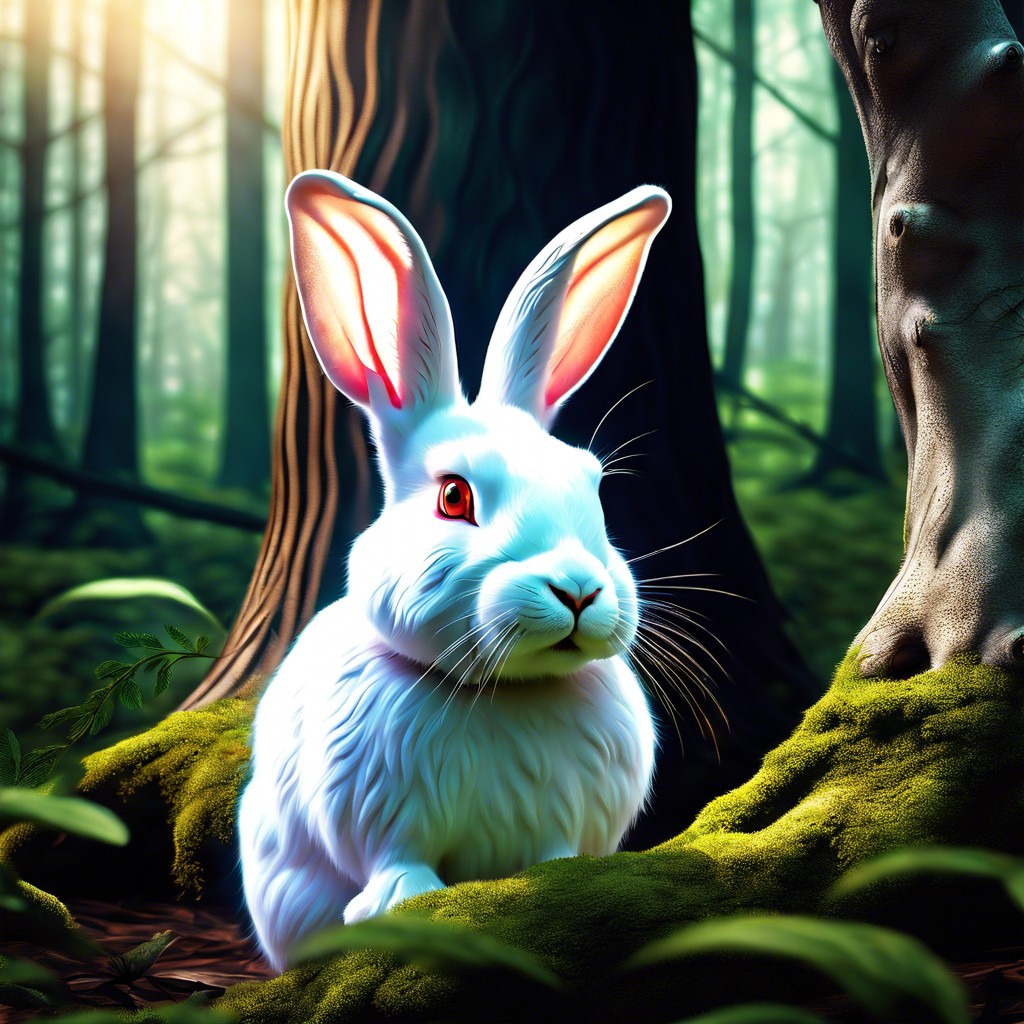Discover the profound spiritual symbolism and meanings behind the majestic peacock.
The peacock, with its stunning plumage, is much more than a mere bird; it is a powerful spiritual symbol. In this exploration, discover how the peacock embodies resurrection, beauty, pride, and divinity, with rich significance across different cultures and religions. Dive in to uncover all these intricate details.
Key takeaways:
- Peacock symbolizes resurrection, renewal, and transformation.
- Represents beauty, grace, and unique inner qualities.
- Holds meanings of pride, self-confidence, and balance.
- Acts as a spiritual messenger connecting earthly and divine.
- Significance in Hinduism, Buddhism, Christianity, and Persian culture.
Symbol of Resurrection and Renewal

Peacocks shed their feathers and regrow them annually, symbolizing the cycle of rebirth and renewal. This natural process can remind us of our own capacity for transformation and new beginnings.
In many traditions, the vibrant, unfolding tail feathers are likened to the resurrection, suggesting the ability to rise anew from our challenges. The peacock’s call can serve as an awakening, urging us to embrace opportunities for personal growth.
Additionally, the bird’s association with resurrection ties into stories of spiritual ascension, making it a powerful figure for those seeking to deepen their spiritual journey.
Embodiment of Beauty and Grace
Peacocks captivate with their stunning plumage and mesmerizing displays. Their vibrant feathers symbolize beauty in its most radiant form. This grace isn’t just skin deep; it carries deeper spiritual connotations.
Their elegant strut and fanned tails serve as reminders to embrace one’s own strengths and unique qualities. Observing a peacock can inspire self-confidence and a deeper appreciation for authenticity.
In many cultures, the peacock’s aesthetic appeal is also a symbol of inner beauty. Seeing beyond physical looks invites a connection to pure and unfiltered grace. This elegant bird encourages us to find and cultivate beauty in the world around us, and within ourselves.
Representation of Pride and Vanity
Peacocks have long been associated with pride and vanity, largely due to their dazzling plumage and commanding presence. Their extravagant display, especially during courtship, is a vivid symbol of self-confidence and sometimes, overconfidence.
On one hand, this characteristic represents an individual’s acknowledgment of their own worth and talents. Embracing one’s abilities and qualities can lead to personal growth and self-assuredness.
On the other hand, this display can blur the line into vanity. Overemphasis on outward appearances might overshadow inner qualities. It serves as a reminder to balance external beauty with internal virtues.
In spirituality, recognizing this balance between pride and vanity can aid in self-reflection and personal development.
Spiritual Messenger and Connection to the Divine
In many traditions, the peacock serves as a spiritual intermediary, bridging the gap between the earthly and the divine. Its vibrant plumage is often seen as a mirror of the cosmos, a reminder of the universe’s vast beauty and mystery. Here are a few key points:
Peacocks are believed to carry messages from higher realms, guiding individuals toward their spiritual paths.
Their watchful eyes represent awareness and mindfulness, crucial elements in one’s spiritual journey.
In Hinduism, the peacock is associated with the deity Saraswati, symbolizing wisdom, music, and the arts—facets of divine communication.
In Buddhism, peacocks symbolize compassion and vigilance, indicating their role as protectors and conveyors of spiritual insight.
Significance in Various Cultures and Religions
Peacocks hold a special place in several cultures and religions around the world.
In Hinduism, the peacock is associated with the goddess Saraswati, symbolizing wisdom and music. The bird’s vibrant colors and graceful feathers are believed to represent the spectrum of emotions and experiences in life.
In Buddhism, peacocks are seen as symbols of compassion and mindfulness. They are believed to eat poisonous plants without being affected, symbolizing the ability to transform negativity into beauty and peace.
In Christianity, the peacock is often used as a symbol of resurrection and eternal life. The bird molts annually, which is seen as a metaphor for renewal and rebirth.
In ancient Persian culture, the peacock represented royalty and immortality, often seen in art and literature as a guardian of kings.
Different cultural representations add layers of meaning to the peacock, enriching its spiritual symbolism across the globe.





